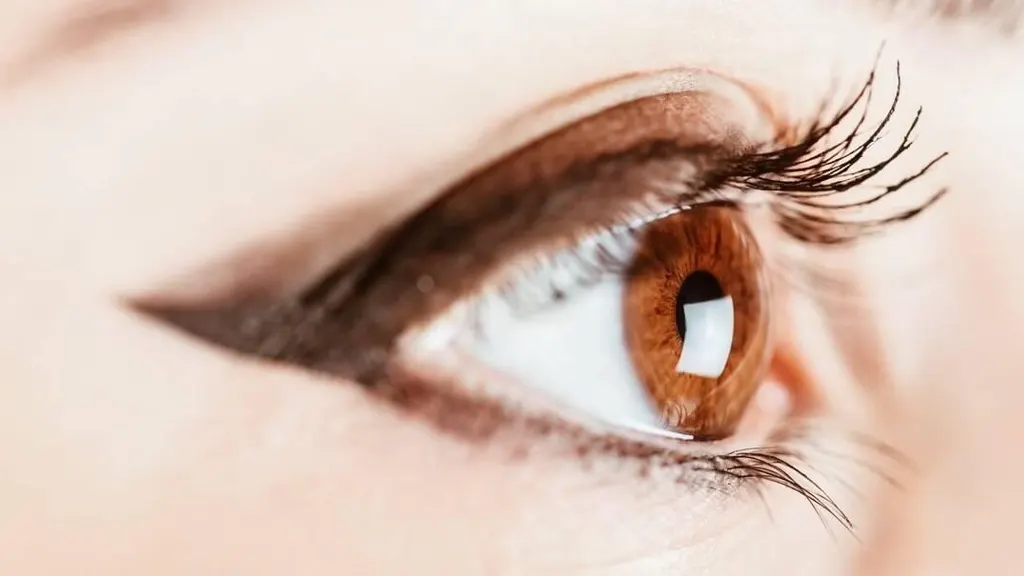Researchers have tested deep-learning (AI) models that can help ophthalmologists diagnose corneal infections, such as keratitis (IK). An inflammation of the cornea that affects millions of people. And especially so in developing countries where access to specialized eye care is limited. This makes IK a major contributor to corneal blindness worldwide.
The study, which analyzed 35 studies on the use of AI models to diagnose infectious keratitis, reports good results. These were published in eClinicalMedicine, part of The Lancet.
AI performs slightly better
The study concludes that AI models perform as well, or fractionally better, than ophthalmologists. For the study, a total of more than 136,000 images of the cornea were analyzed by the various AI models. The AI models matched ophthalmologists’ diagnostic accuracy with a sensitivity of 89.2 percent and a specificity of 93.2. During diagnosis, ophthalmologists achieved 82.2 percent sensitivity and 89.6 percent specificity, respectively.
“Our research shows that AI has the potential to provide rapid, reliable diagnoses, which could revolutionize the way we treat corneal infections worldwide. This is especially promising for regions where access to specialty eye care is limited and may help reduce the burden of preventable blindness worldwide,” said Dr. Ting, lead author of the study, Birmingham Health Partners (BHP) Fellow and consultant ophthalmology at the University of Birmingham.
Distinguishing underlying causes
The AI models also proved effective in distinguishing between healthy eyes, infected corneas and the various underlying causes of IK, such as bacterial or fungal infections.
While these results demonstrate the potential of deep learning and AI models in eye care, researchers also stressed, that in addition to external validation of the findings, more diverse data is needed to increase the reliability of these models for clinical use. As AI technology continues to grow and play a central role in medicine, it may soon become an important tool in preventing corneal blindness worldwide.
Dutch project ‘Glaucoom in Beeld’
Research into the use of AI models for better (and faster) diagnosis of eye conditions has also been conducted in the Netherlands for several years. A good example is the Dutch AI project ‘Glaucoom in Beeld’. For this, more than 100,000 fundus photos were made available by 2020. With those photos, computers were ‘trained’ using AI to recognize glaucoma. To do this, all fundus photos were first reviewed by two specialists. That data, along with the photos were entered into the computer system.
It was then checked whether the computer made the same diagnosis as the specialists. Because of the huge number of photos and assessments, the computer, with the help of AI (artificial intelligence) will learn to determine from a fundus photo whether the eye in question has glaucoma.

